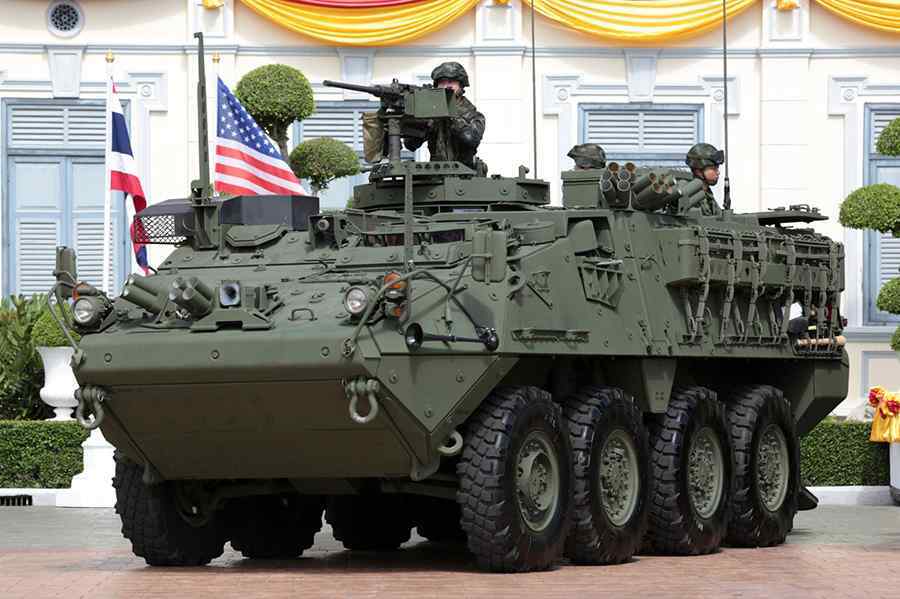According to Forbes, the new US aid package to Ukraine includes 212 Stryker APCs. Kiev received the first armoured vehicles of this type a little over a year ago, in the spring of 2023, and they went into battle in August in Zaporizhzhya region. A total of 400 vehicles have already been delivered. The vehicle did not win any special laurels, and it could not do so in these conditions, but to understand the reasons, we need to understand its history in more detail.
First of all, let’s start with the fact that Stryker was ordered as a temporary solution (Interim Armored Vehicle, IAV), which was supposed to be used until the appearance of promising armoured combat vehicles, created within the Manned Ground Vehicle (MGV) project of the Future Combat Systems programme. But FCS did not survive the Obama sequester of defence spending and was cancelled in 2009, and in 2014 the MGV, which by that time had changed its index to GCV (Ground Combat Vehicle), died as well.
As a result, the provisional vehicle programme, which by then had been named Stryker, suddenly found itself in the role of the main vehicle. The prototype for the new vehicle was the LAV III, developed by General Dynamics Land Systems of Canada.
It was assumed that the vehicle, which was to be produced in a variety of combat and auxiliary variants, would be equipped with relatively ‘light’ units, the so-called Stryker Brigade, which were to be promptly deployed anywhere in the world within 96 hours, but, of course, not for general combat with a heavily armed modern enemy, especially not for breaking through defensive lines. But mobility in general has not been good either: in full body armour the vehicle is too heavy and bulky for the C-130, and without such armour it is vulnerable to almost the entire set of infantry weapons.
In Ukraine, however, the problem of aeromobility was not a problem, but the problem of using the vehicle in conditions of dense minefields, heavy artillery fire, the presence of enemy attack helicopters, guided weapons and much more. There was no need to expect miracles, and they did not happen. Will they happen now, when another 212 are added to the 200+ delivered earlier (some of which have already been lost and some of which have been taken out of service due to breakdowns)? Not likely. No single vehicle is sufficient for this, and the overall potential of the Ukrainian forces will not be raised with the Stryker.

